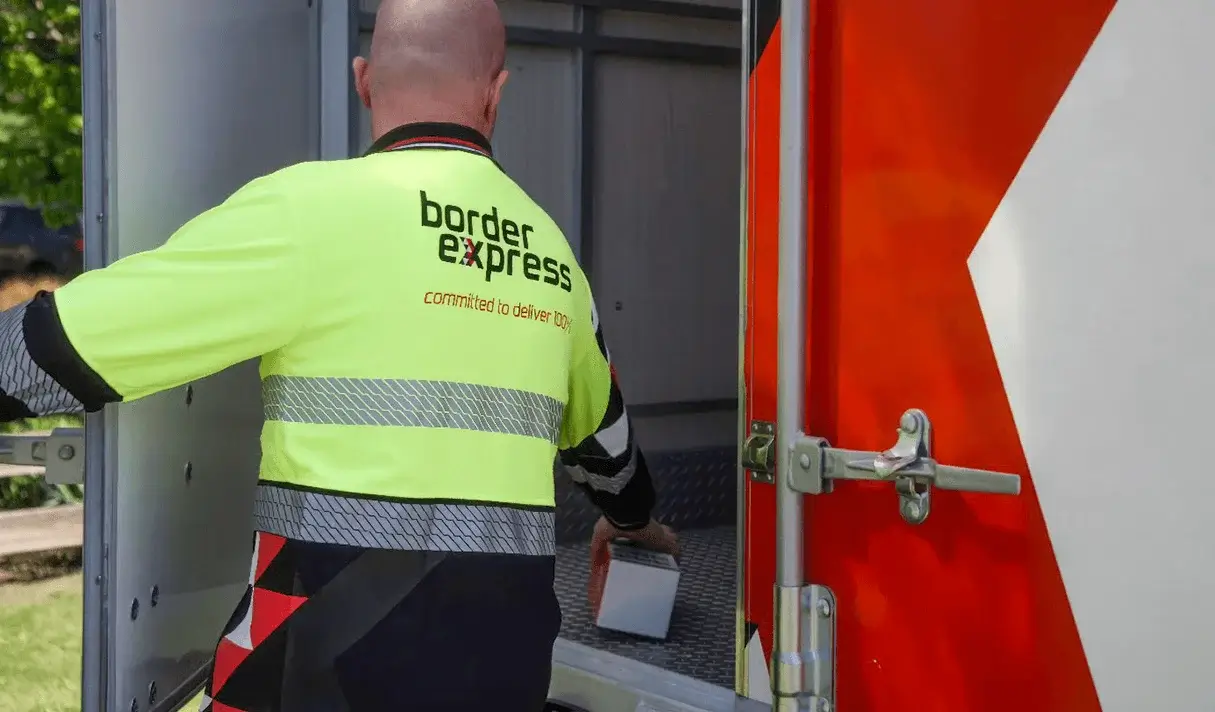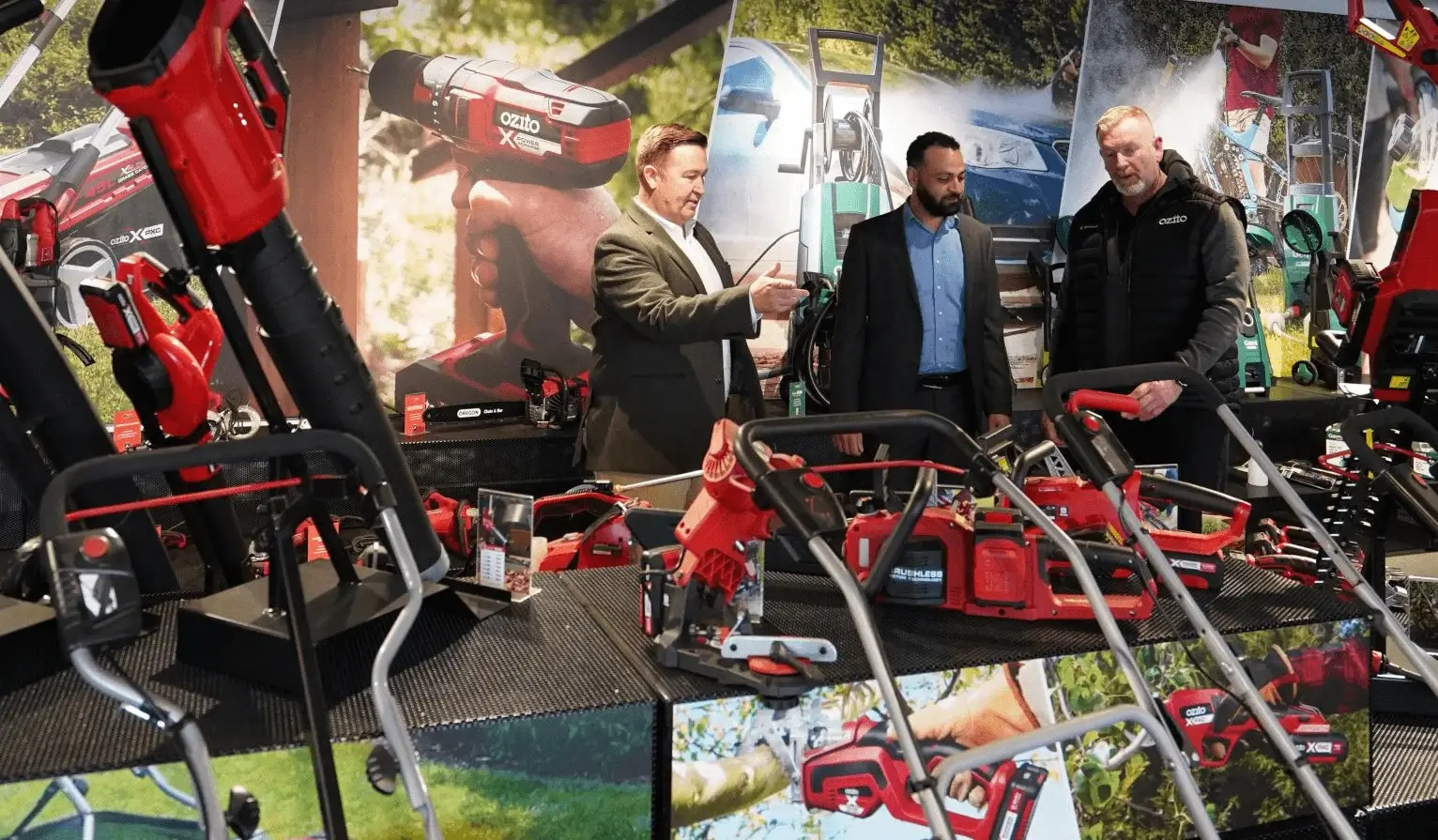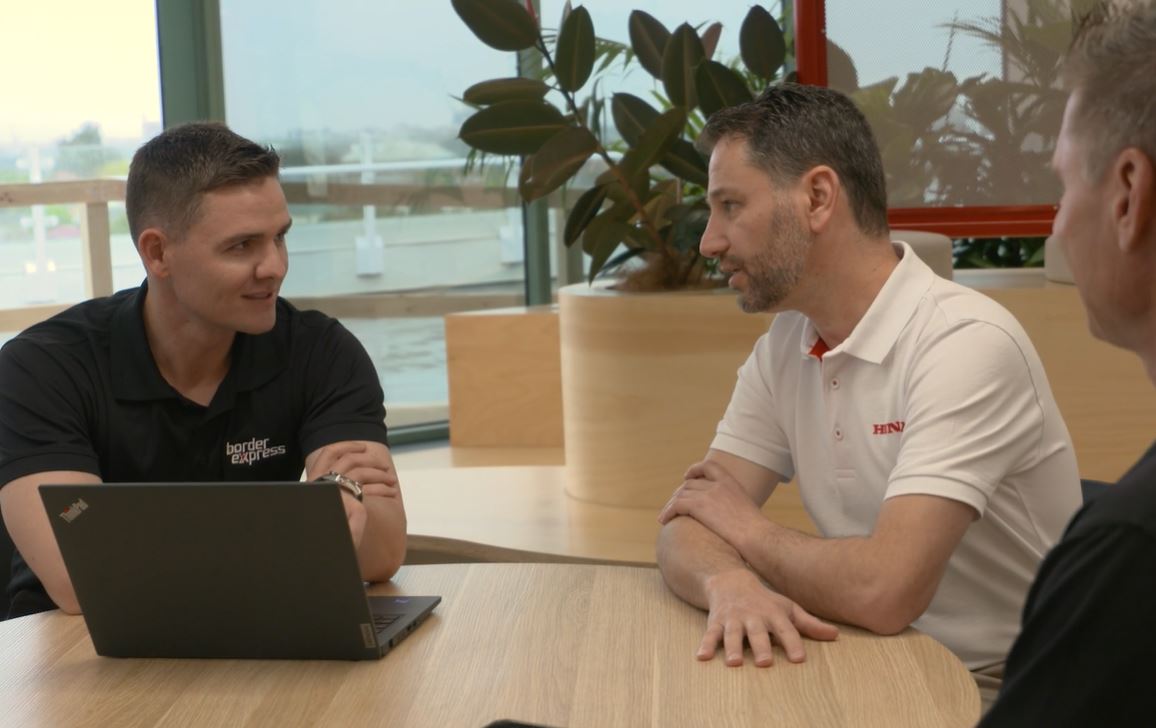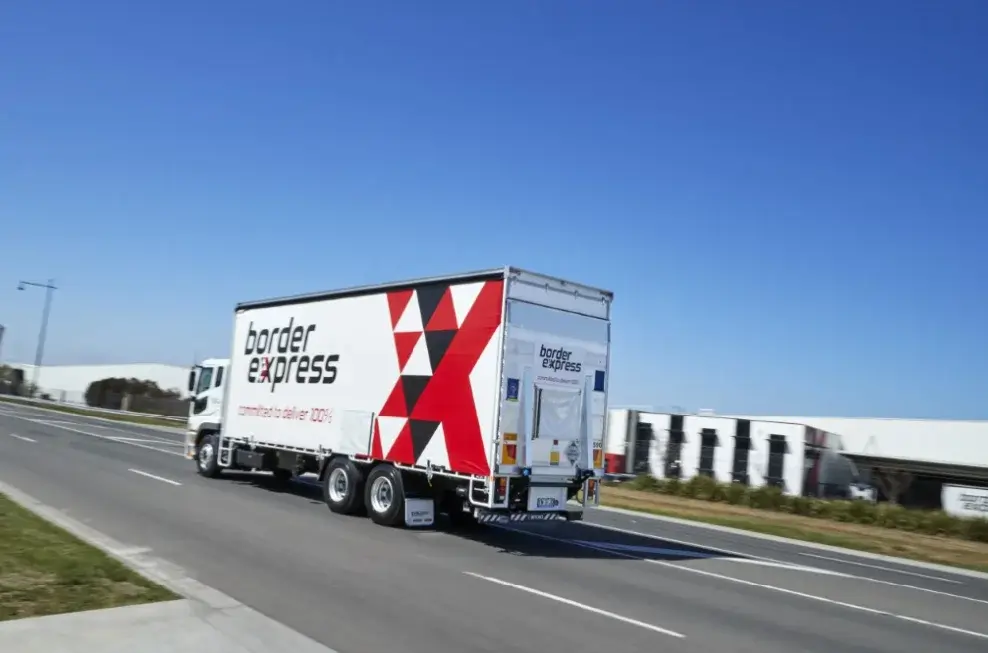News & Stories
Pioneering Last-Mile Delivery with EVs: A Green Revolution
November 2024
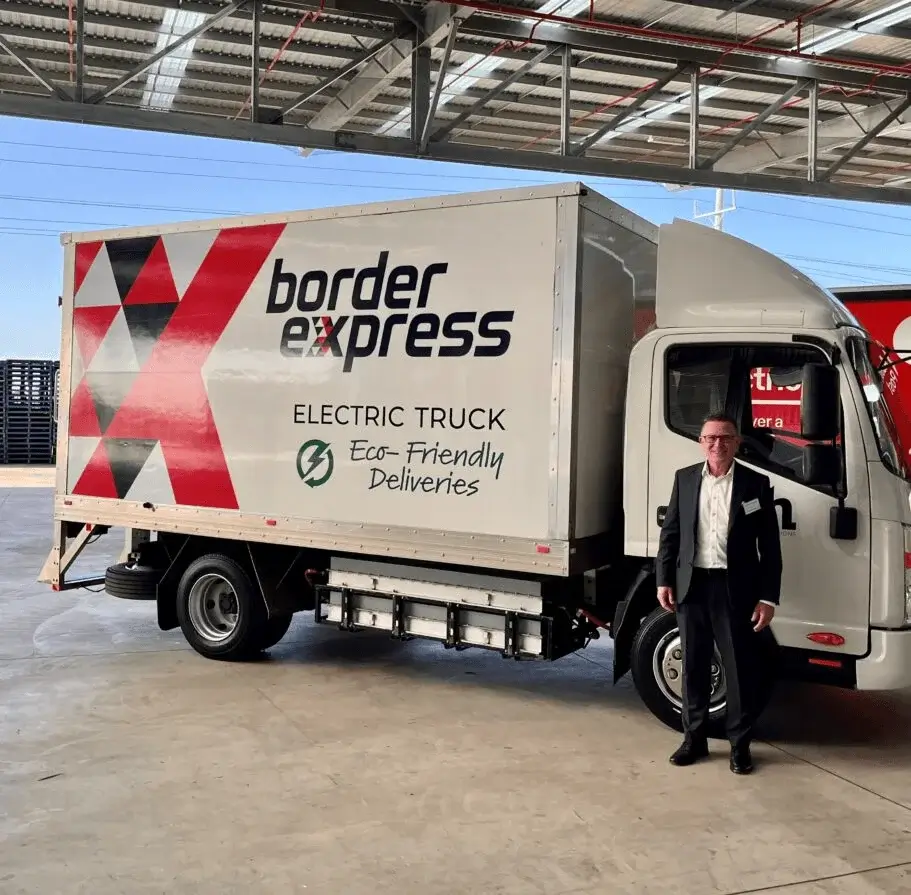
In an era where environmental concerns are at the forefront of business practices, VTH Green—a division of VTH Supply Chain Solutions—has emerged as a trailblazer in the logistics industry. By adopting electric vehicles (EVs) for last-mile delivery, VTH Green has significantly reduced emissions, setting a new benchmark for eco-friendly logistics in Australia. What makes this achievement even more remarkable is that it was accomplished without any government subsidies. Instead, VTH Green relied on strategic partnerships, especially with JAC Auto, and a steadfast commitment to sustainable solutions.
The Birth of a Green Vision
Founded by Daniel Zanon and Sherif Elfakahani, VTH Green has always been a forward-thinking force in supply chain management. Zanon, leveraging his extensive experience in the transport industry, recognised the potential for electric vehicles to revolutionise last-mile delivery. While many companies focused on passenger EVs, Zanon saw an untapped opportunity in the commercial vehicle sector—particularly in urban last-mile delivery, which is characterised by short, frequent trips that suit the strengths of EVs.
“I’ve always been passionate about sustainability and knew that reducing carbon emissions would be crucial in the future of transport,” said Zanon. “We needed to be ahead of the curve.”
A Strategic Partnership with JAC Auto
One of VTH Green’s pivotal moves was partnering with JAC Auto, a leading electric vehicle manufacturer. Unlike many competitors still exploring EVs, VTH Green fully committed to electrifying its fleet, becoming one of the first companies in Australia to integrate JAC electric trucks into its operations.
The decision to partner with JAC Auto wasn’t just about innovation; it was about reliability. JAC had already established a strong track record in EV technology, offering vehicles that were not only efficient but also cost-effective over time.
JAC Auto didn’t just supply the vehicles—they worked closely with VTH Green to ensure a smooth transition, including providing technical support, setting up charging infrastructure, and tailoring the EVs to meet the specific needs of last-mile operations.
Overcoming Challenges Without Government Support
Transitioning to electric vehicles presents challenges, especially for a company that opted to forgo government subsidies. While many businesses rely on financial assistance to make EV adoption economically viable, VTH Green chose a different path. By leveraging internal resources, strategic planning, and robust partnerships, they managed to overcome hurdles like the higher upfront cost of EVs and the lack of established charging infrastructure.
Zanon and his team conducted a comprehensive cost-benefit analysis, which revealed that the long-term savings on fuel and maintenance, coupled with the positive impact on their brand’s reputation, made the transition worthwhile.
“We knew the upfront investment was significant,” Zanon admitted. “But the long-term benefits, both financially and in terms of our sustainability goals, far outweighed the costs.”
Delivering on Sustainability: Meeting Client Needs
VTH Green’s commitment to sustainability hasn’t just been good for the environment; it’s been a boon for business as well. Their electric fleet now operates across multiple major cities in Australia, delivering goods for high-profile clients like Border Express.
Clients have embraced this shift. Many corporations, with their own sustainability targets, see VTH Green as an ideal partner to help reduce emissions in their supply chains.
Get Started with Border Express to join the movement toward sustainable logistics!
A Business Case for Going Green
One of the most compelling aspects of VTH Green’s transition to EVs is that they achieved it without government financial aid. This accomplishment underscores the idea that with careful planning, strong partnerships, and a focus on long-term gains, businesses can make the switch to greener solutions independently.
“You don’t need to wait for government support to make the switch to electric vehicles,” said Zanon. “With the right strategy and partners, it’s possible to succeed—and to do so profitably.”
Looking to the Future: Expansion and Innovation
As VTH Green looks ahead, the company plans to expand its electric fleet and continue leading the way in sustainable logistics. This includes exploring new technologies to improve the efficiency of their operations, such as developing shared charging hubs for multiple logistics companies and considering larger electric vehicles for long-haul transport.
“We see a future where all our vehicles are electric,” Zanon said. “We’re committed to pushing the boundaries of sustainable logistics.”
VTH Green’s journey proves that businesses can lead in sustainability, even without relying on external financial support. Through innovation, resilience, and strategic partnerships, VTH Green has not only reduced emissions but also set a new standard for the logistics industry in Australia. With their electric fleet continuing to grow, the company is poised to remain at the forefront of the green transport revolution.
Ready to make a sustainable choice for your logistics needs? Get Started with Border Express today!


